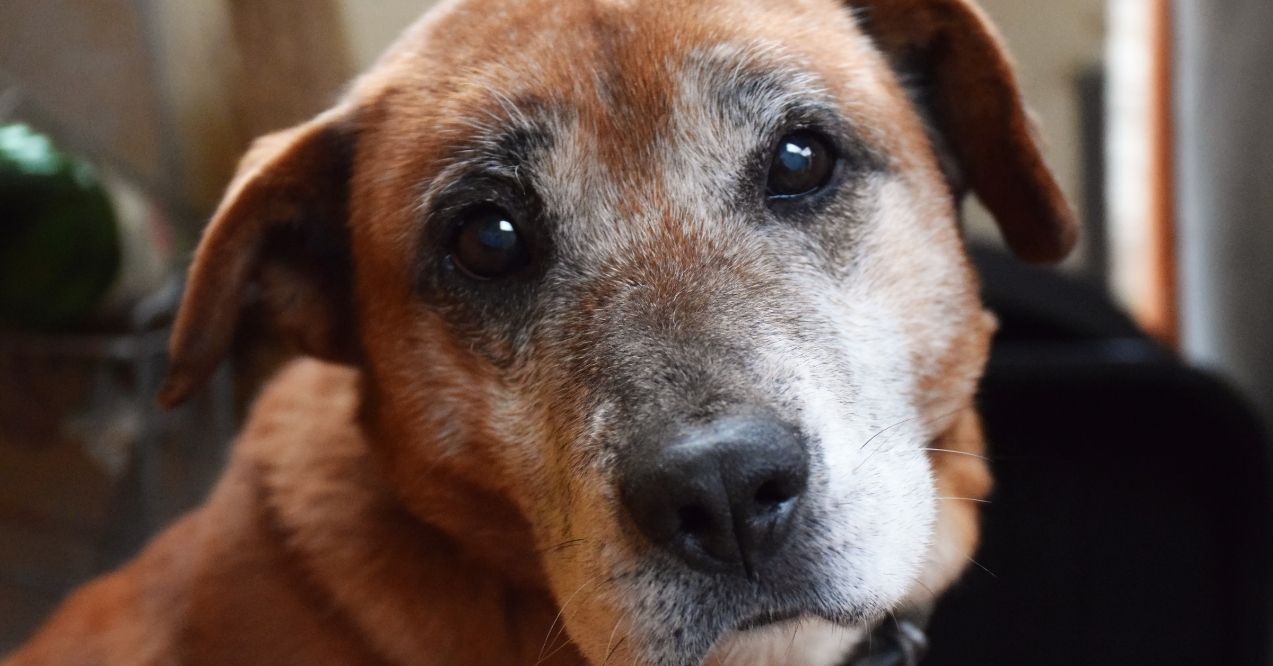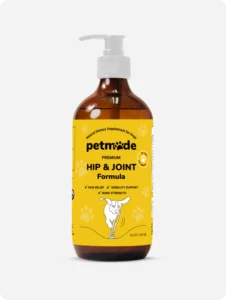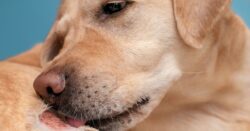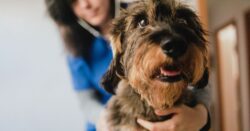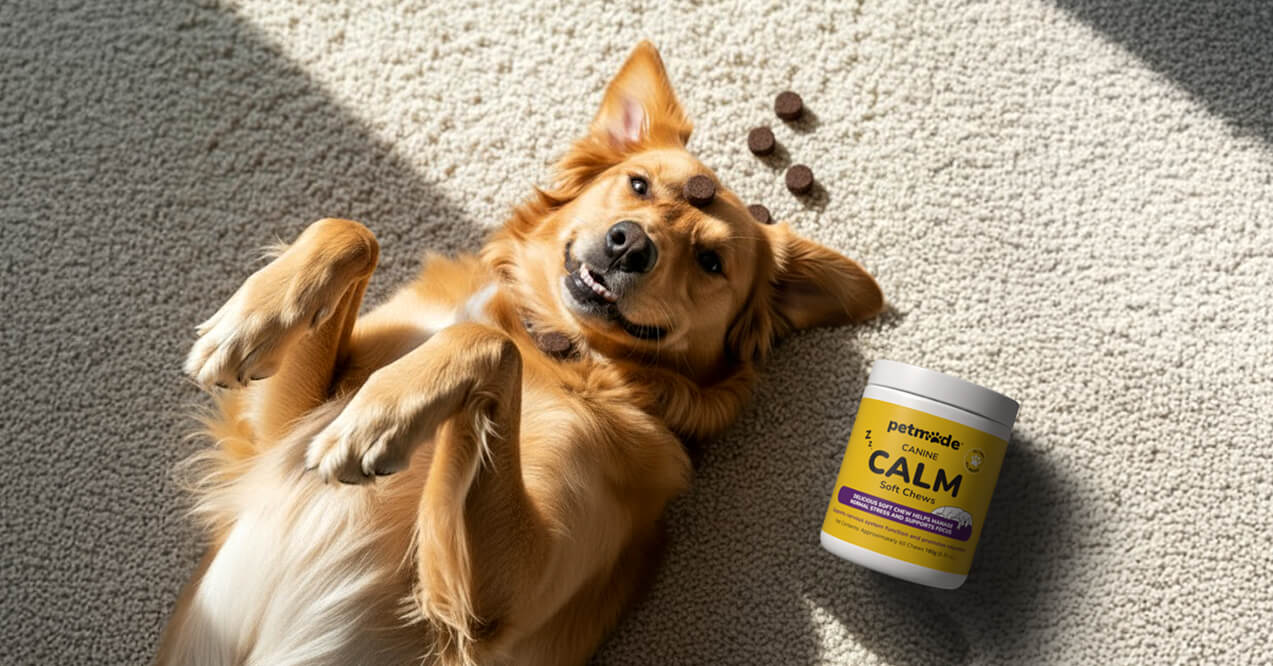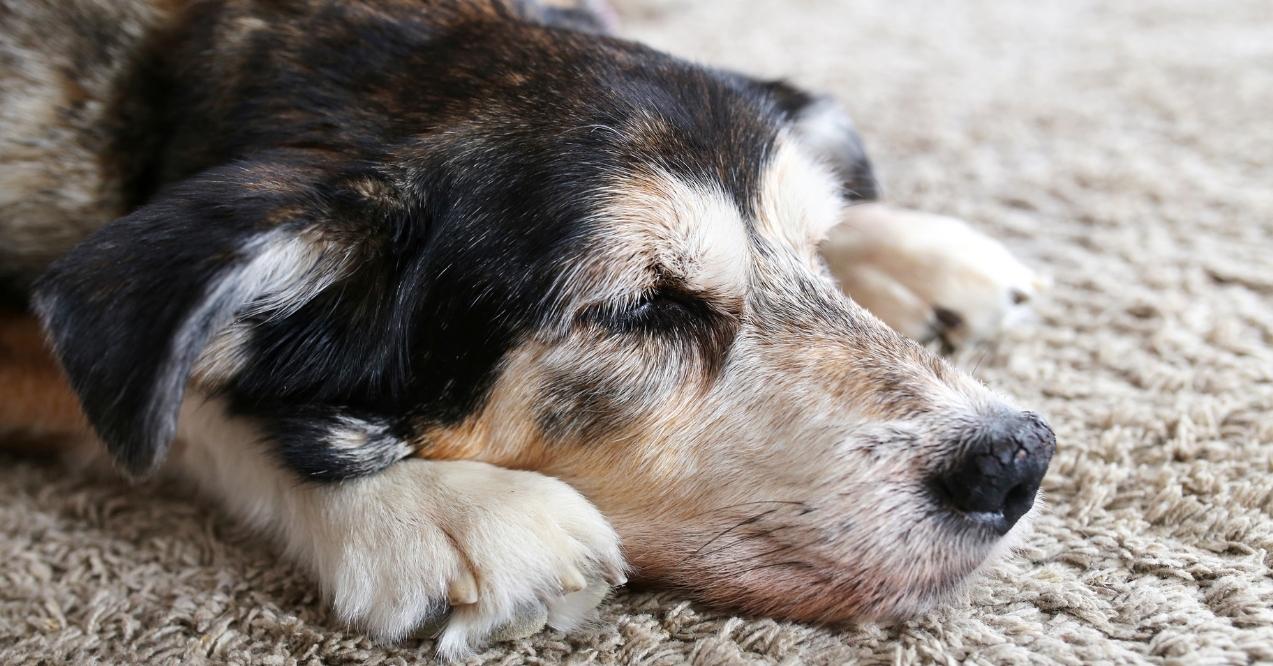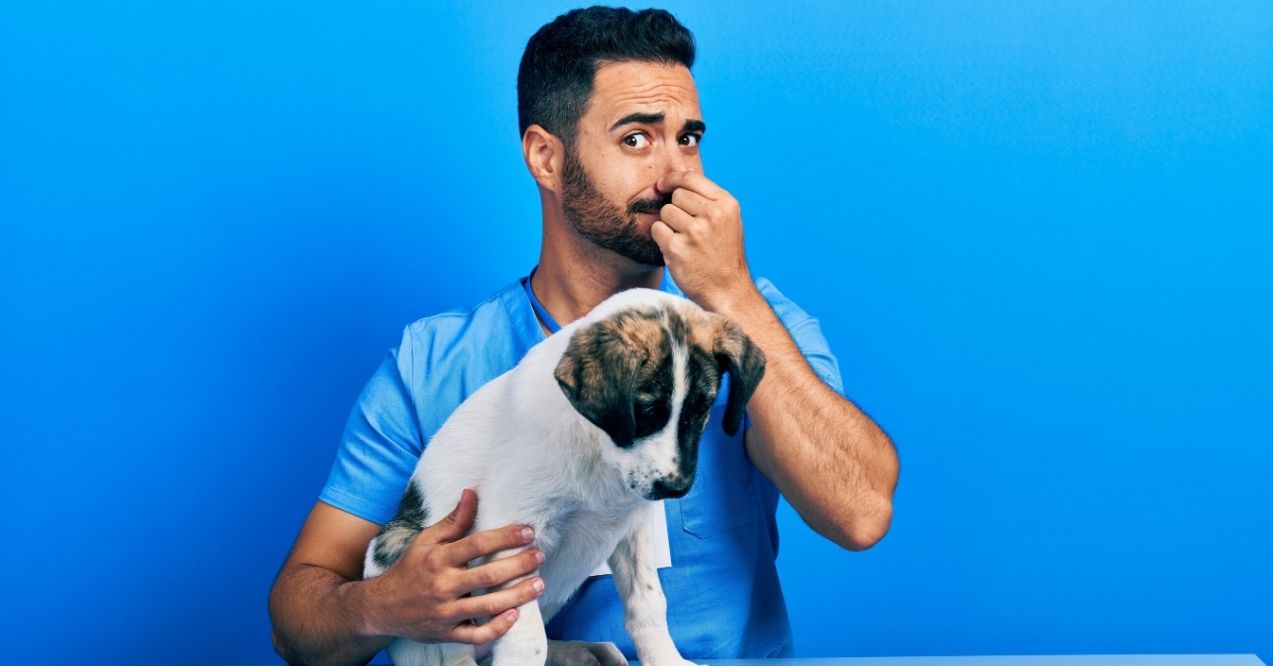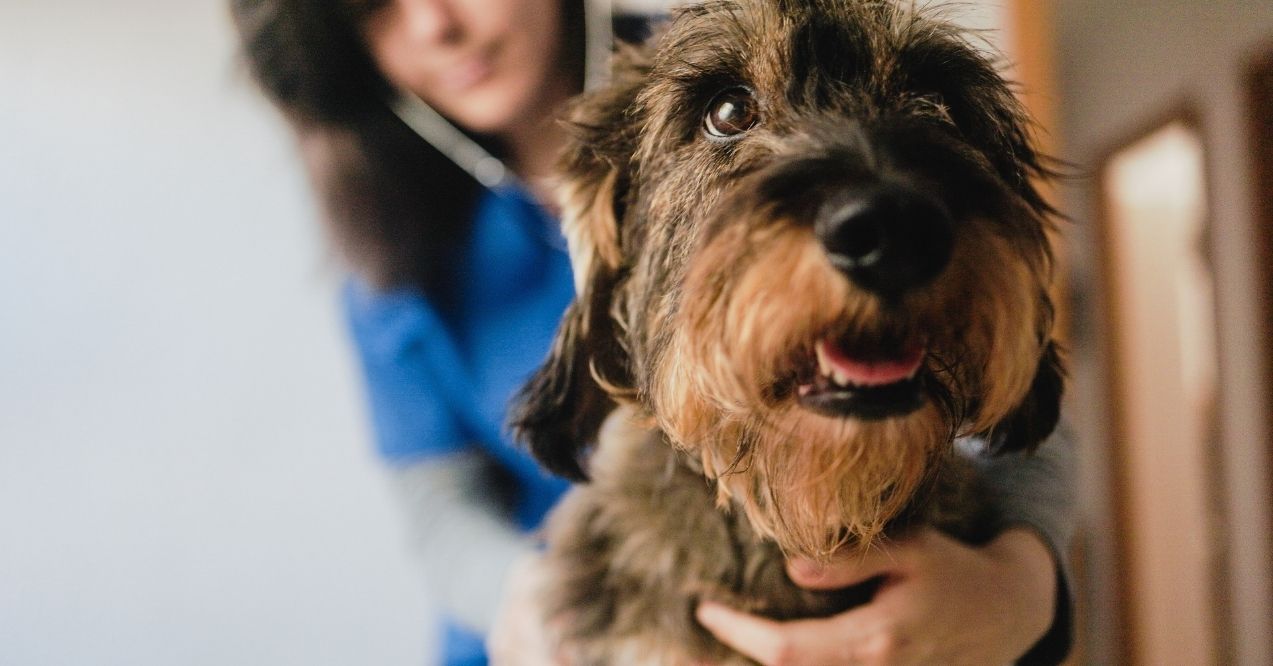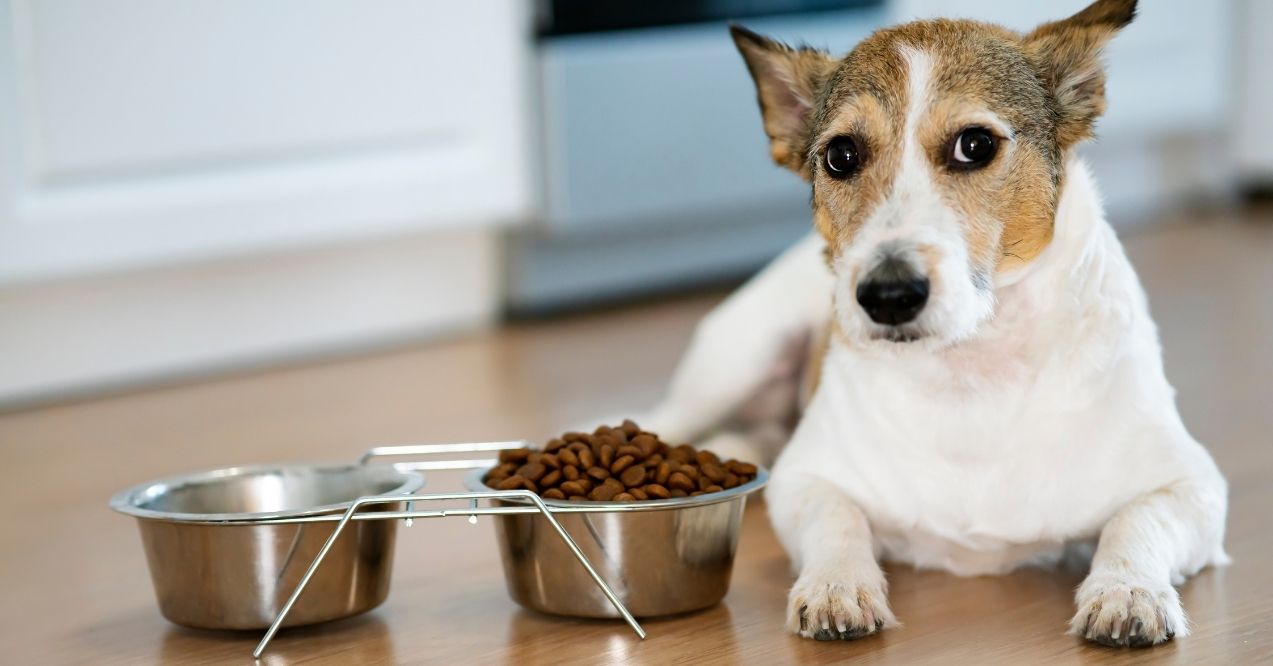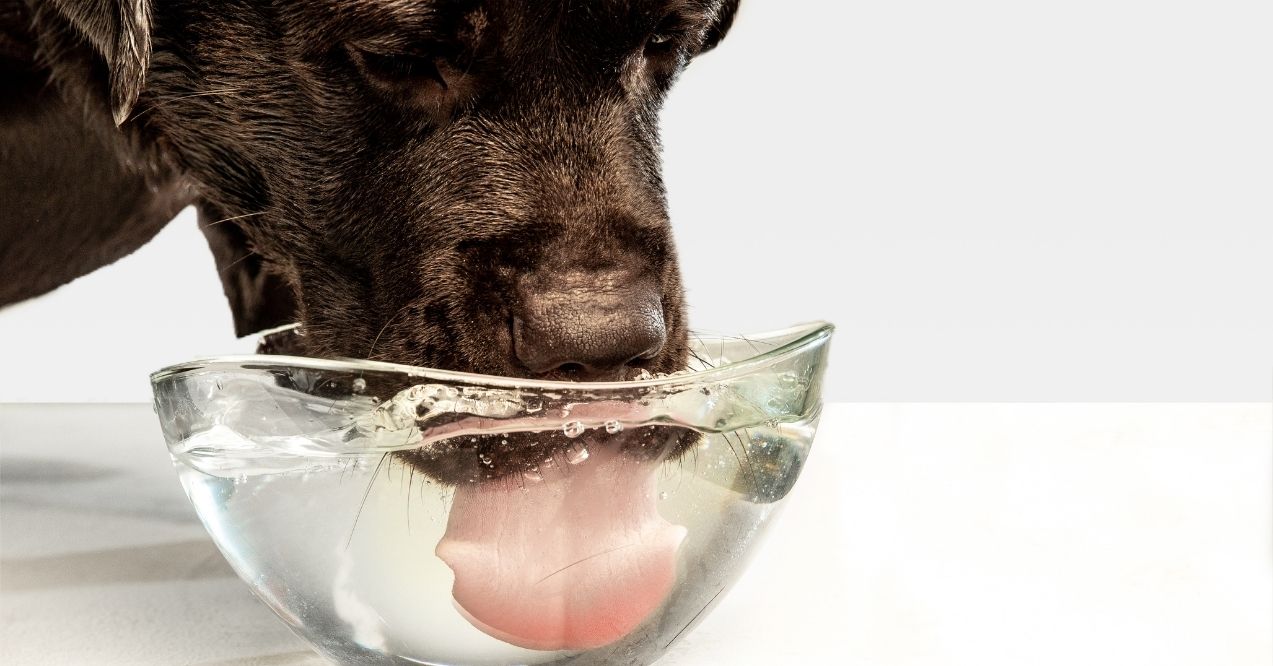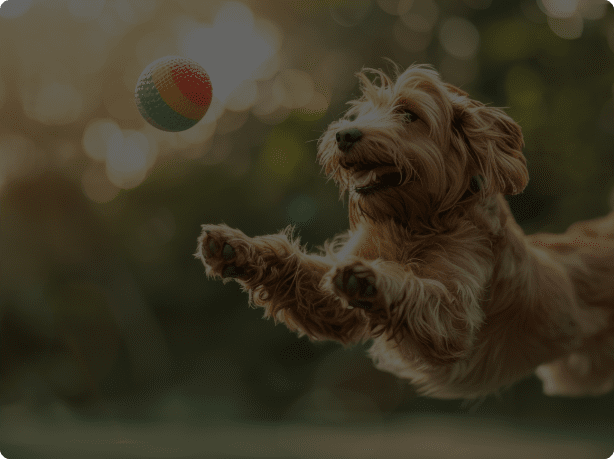Old Dog Losing Muscle Mass? What You Can Do
When you notice your old dog losing muscle mass, especially in their back legs, it can feel worrying. Those once-strong haunches might look thinner, and getting up from their favorite bed takes more effort than before. While muscle changes are one of several signs your dog is getting old, there are loving, practical steps you can take to support their strength and comfort.
This guide will help you recognize the signs of muscle loss and provide actionable ways to adapt your dog’s daily care. From gentle exercises to simple home modifications, you’ll learn how to help maintain your senior dog’s quality of life. Let’s explore what you can do to keep your aging pup as strong and comfortable as possible.
Why Do Older Dogs Lose Muscle Mass?
As dogs enter their golden years, their bodies undergo various changes that affect muscle structure and strength. Just like humans, dogs naturally experience some muscle deterioration as part of the aging process. This happens more noticeably in dogs over 7-8 years old, though larger breeds may show signs earlier.
Several factors contribute to muscle wastage in dogs. Activity levels typically decrease as dogs age, leading to less muscle stimulation and gradual weakening. Additionally, their bodies process nutrients differently, making it harder to maintain the same muscle mass they had in younger years.
Breed, size, and lifestyle all play roles in how quickly and severely dogs experience muscle loss. Giant breeds often face more pronounced changes earlier, while smaller dogs might maintain muscle tone longer. Knowing these natural processes helps you better support your senior dog’s changing needs.
Natural Aging and Reduced Activity
When dogs slow down with age, their muscles receive less regular stimulation through daily activities. This reduced movement particularly affects the hind legs and core muscles that support posture and stability. Without consistent use, these muscle groups gradually weaken and shrink.
The cycle often reinforces itself – as muscles weaken, movement becomes more challenging, leading to even less activity. Breaking this pattern with appropriate, gentle exercise can help slow the progression of muscle loss in aging dogs.
Nutrition and Muscle Maintenance
Aging dogs face unique nutritional challenges that directly impact muscle health. Their digestive systems may become less efficient at processing protein, the building block of muscle tissue. This means even well-fed senior dogs might not absorb enough nutrients to maintain their muscle mass.
The metabolism of older dogs also slows down, affecting how their bodies use energy and rebuild tissue. Reviewing and adjusting your dog’s diet as they age becomes essential for supporting their changing nutritional needs.
Signs of Muscle Loss in Senior Dogs
While some changes happen gradually, knowing what to watch for helps you identify when your senior dog losing muscle mass needs extra support. Physical changes often appear first in areas that bear the most weight or see the most use.
Common Indicators
The most noticeable sign of muscle loss appears as visible thinning in the legs, particularly the thigh muscles. You might be able to feel the hip bones more prominently or notice the spine becoming more visible along the back. These changes happen as muscle tissue decreases, leaving less padding around the bones.
Behavioral changes often accompany physical muscle loss:
- Hesitation or difficulty when standing up from lying down
- Avoiding stairs or needing multiple attempts to climb them
- Shorter walks with more frequent rest breaks
- Shifting weight between legs when standing
- A wider stance for better balance
- Changes in posture, such as a hunched back
Some dogs develop a swaying or wobbly gait as their muscles can no longer provide stable support. You might notice them sitting differently or preferring to lie down rather than stand for extended periods. These adaptations help compensate for weakening muscles but signal the need for supportive care.
What You Can Do to Support Your Dog’s Muscle Health
Supporting a dog losing muscle mass goes beyond basic care – it requires thoughtful adjustments to their daily routine and environment. Your approach should focus on three main areas: maintaining gentle movement, creating a supportive home environment, and providing enriching activities that encourage natural muscle use.
Gentle, Consistent Movement Matters
Regular, low-impact exercise helps maintain muscle tone without causing strain or discomfort. Short, frequent walks work better than long outings – try two or three 10-minute walks instead of one 30-minute trek. This approach prevents fatigue while keeping muscles engaged throughout the day.
Swimming provides excellent whole-body exercise with minimal joint stress, making it ideal for dogs experiencing muscle loss. If swimming isn’t accessible, try these alternatives:
- Slow-paced games of fetch with soft toys
- Walking on different surfaces like grass or sand
- Gentle incline walking on small hills
- Standing exercises during meal times
- Assisted stretching movements
Consider keeping a simple activity journal to track what works best for your dog. Note energy levels, enjoyment, and any signs of discomfort to adjust activities accordingly.
Create a Muscle-Friendly Home Setup
Your home environment plays a vital role in supporting a senior dog’s mobility and confidence. Simple modifications can reduce strain on weakening muscles while encouraging natural movement. These changes also help prevent injuries from slips or falls.
Start with flooring improvements to provide better traction:
- Place non-slip rugs or yoga mats in high-traffic areas
- Add carpet runners on smooth floors
- Use rubber-backed bath mats near food and water bowls
Elevated food and water bowls reduce neck strain and encourage proper posture during meals. For dogs struggling with stairs, portable ramps offer safer access to cars, couches, or outdoor spaces. Learning how to care for a senior dog includes providing supportive bedding that helps maintain comfort and makes rising easier.
Enrichment Activities That Encourage Movement
Mental stimulation combined with gentle physical activity helps maintain both cognitive function and muscle engagement. Puzzle feeders naturally encourage standing and moving while eating, turning mealtime into light exercise. Hide treats around the house at ground level to promote gentle exploration and movement.
Nosework games tap into natural instincts while keeping dogs mobile:
- Hide favorite toys in easy-to-reach places
- Create simple scent trails using treats
- Use snuffle mats for meal times
- Rotate different textures and surfaces for paw stimulation
These activities build confidence while maintaining muscle engagement without the stress of traditional exercise.
Nutrition Tips for Supporting Muscle Health
Proper nutrition becomes even more important as dogs age and face muscle loss challenges. High-quality protein sources help maintain existing muscle mass, while specific nutrients may support overall mobility and comfort. Focus on easily digestible proteins like chicken, fish, or egg that aging digestive systems can process efficiently.
Senior dog formulas often include adjusted protein levels and added nutrients specifically chosen to support aging bodies. Look for foods containing omega-3 fatty acids from fish oil, which may help maintain muscle function and joint flexibility. Glucosamine and chondroitin are commonly included ingredients that potentially support joint health and mobility.
When deciding what to feed old dogs, consider smaller, more frequent meals to aid digestion and nutrient absorption. Adding moisture through wet food or bone broth can help with hydration and make meals more appealing. Always transition to new foods gradually over 7-10 days to avoid digestive upset.
When to Seek Extra Support
Monitoring your old dog’s muscle loss helps you determine when additional support might benefit their quality of life. Keep track of changes in mobility, appetite, and overall demeanor to identify patterns or sudden shifts. Regular weight checks can reveal muscle loss even when hidden under fur.
Consider seeking professional guidance when you notice:
- Rapid muscle loss over weeks rather than months
- Difficulty performing basic functions like eating or eliminating
- Signs of discomfort during normal activities
- Significant changes in behavior or mood
- Loss of interest in previously enjoyed activities
Professional support might include specialized exercise programs, dietary adjustments, or assistive devices. Many professionals offer home-visit services that reduce stress for dogs with mobility challenges. Working with experts helps create personalized plans that address your dog’s specific muscle loss patterns and lifestyle needs.
Conclusion
Watching your old dog losing muscle mass can feel challenging, but you now have practical tools to support their strength and comfort. From recognizing early signs of muscle deterioration in dogs to implementing gentle exercise routines and home modifications, every small action contributes to your senior dog’s quality of life.
Your dedication to recognizing and addressing muscle loss shows the depth of your bond with your dog. With these strategies in place, you can help maintain their dignity, comfort, and joy in daily activities for as long as possible.
Elderly dogs lose muscle due to natural aging, reduced activity, and changes in how their bodies process protein and nutrients.
Gentle daily exercise, high-quality protein in their diet, and creating a supportive home environment can help maintain and potentially improve muscle tone.
Yes, larger breeds typically experience muscle loss earlier than smaller breeds, with giant breeds often showing signs by age 6-7.
Short walks, swimming, gentle games, and puzzle feeders that encourage standing provide low-impact exercise suitable for dogs with muscle loss.
Advertisement. This site offers health, wellness, fitness and nutritional information and is designed for educational purposes only. You should not rely on this information as a substitute for, nor does it replace, professional medical advice, diagnosis, or treatment. If you have any concerns or questions about your health, you should always consult with a physician or other health-care professional. Do not disregard, avoid or delay obtaining medical or health related advice from your health-care professional because of something you may have read on this site. The use of any information provided on this site is solely at your own risk.
